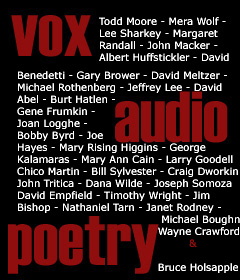
Anthony Braxton
14 Compositions (Traditional)
Leo / CDLR259
Anthony Braxton / reeds, Stewart Gillmor / piano, French horn, trumpet
Braxton’s work breaks down into several strands, any one of which most musicians would be proud to have made a career of, among them the compositions for classical players, the quartet work, ad hoc improv groupings and his engagement with the jazz tradition. The latter threads through his entire career, from In the Tradition through the standards collections and The Charlie Parker Project. This, however, is something different and, as far as I know, unique.
The compositions in question are jazz heads, but they’re not “standards”, or at least not any more. Many are blues tunes or folk songs, others swing staples which have long gone out of favour, composed on the whole during the 1920s and ‘30s; most will be strangers to all but specialists. They are a long way, chronologically, from Braxton’s own time, an exercise in historical research even.
How does he deal with this material? Well, not the way he fillets and re-structures Bird, nor the way he respectfully breezes through post-bop standards like Dolphy’s “Miss Anne”. He has a fine line to walk here, because it would be too easy to pay respectful but anachronistic homage (as wonderfully done by Archie Shepp) or to descend into cheap parody, neither of which is the intention. So what you get is this: “traditional” compositions, taken mostly at a quick tempo and with all the mercurial panache of Bechet, but played pretty much straight, with solos which generally move discursively from simple tonality through more complex dissonances, like a lecture.
If this sounds tediously sententious, don’t worry. Braxton is a hugely entertaining raconteur as well as a scholar, and he makes room for jokes and straightforward blowing amidst his fleet-fingered, headlong complexities. Gillmor accompanies with straight, impeccable stride throughout, except when he picks up a brass instrument. When that happens, the duo sound more like a swampy, wobbly marching band — the sort of thing that the Art Ensemble of Chicago used to do — and it’s no always so successful. Certainly Braxton’s brilliantly-polished, rapier-like solos, accompanied by Gillmore’s “authentic” piano, capture the spirit of these tunes without feeling anything less than contemporary. It may not be to everyone’s taste, being considerably less angular and dissonant than much of his work, but Braxton has achieved what he set out to achieve and the result is an intelligent, rewarding and enjoyable set. Richard Cochrane



Leave a Reply